St. Astvatsatsin Church of Sarinshen
Location
St. Astvatsatsin Church is located on the elevated northern edge of Sarinshen village of Hadrut region of Artsakh (Fig. 1).
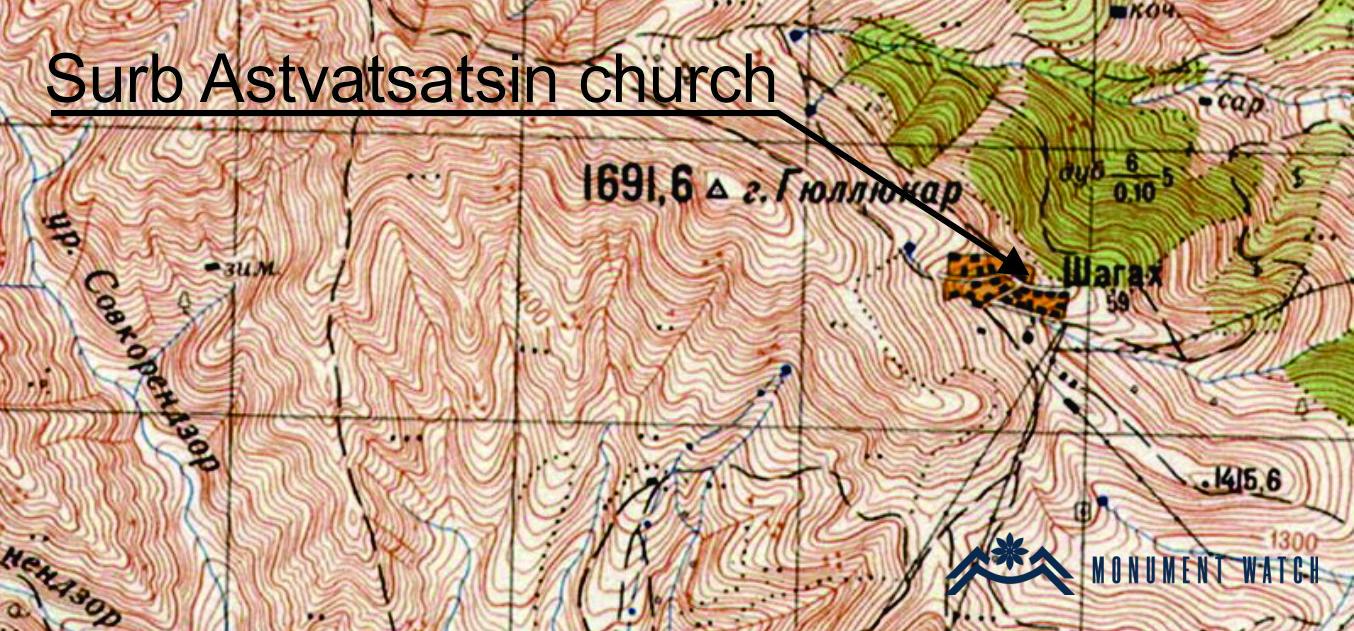
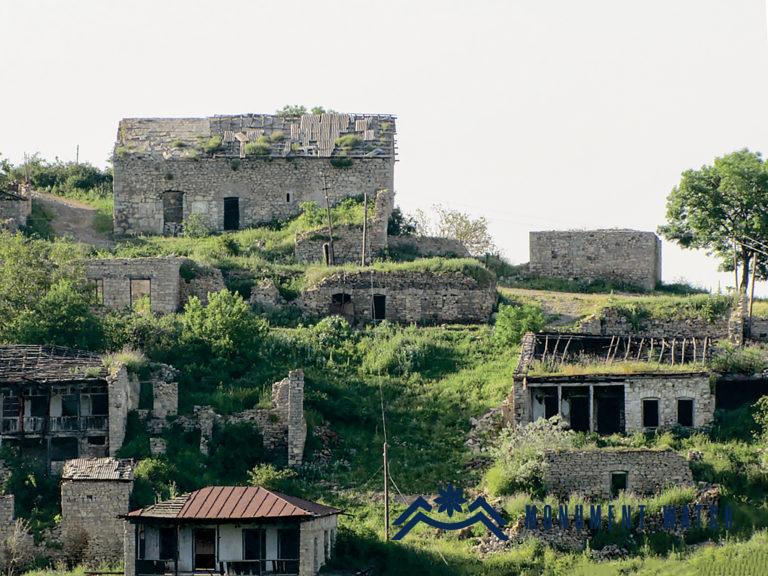
Fig. 1 Sarin Shen village and St. Astvatsatsin Church, photo from the Database of the RA MESCS.
Historical overview
Sarinshen village was originally called Shaghakh, which took its name from the famous Shagakh or Shakhkakh monastic complex near the village. The data on Sarinshen village and St. Astvatsatsin Church that have reached us date back to the 19th century: “Shaghakh village – Sari Shen: It is founded on the mountain of Karaglukh village: the residents migrated from Gharadagh, the land is royal, the local harvest is the same (sheep, emmer wheat, spring wheat, flax, millet), excellent air, climate and water, 115 years long life, the church of Saint Astvatsatsin built of stones and lime mortar, the priest comes from Tsamdzor. Households – 70, males – 275, females – 230” (Barkhutaryants 1895, 64).
According to the inscription carved on the stone with a cross relief, embedded in the mid-part of the northern vestry and the altar of St. Astvatsatsin Church, it was built in 1867, but the khachkars and reliefs of the 16th-17th centuries on the walls prove that the church was built on the site of an older sanctuary.
Architectural-compositional description
St. Astvatsatsin Church is a vaulted building with a single-nave hall (dimensions: 15․1x6․3 meters, height: 7 meters). It is built of local rough and unfinished stones (Fig. 2). The cornerstones of windows, pilasters, arcature, niches and the bema are polished. The building inwardly ends in the east with a semicircular altar and adjacent rectangular vestries (Fig. 3). The vault rests on arrow-shaped arches rising from two pairs of pilasters.
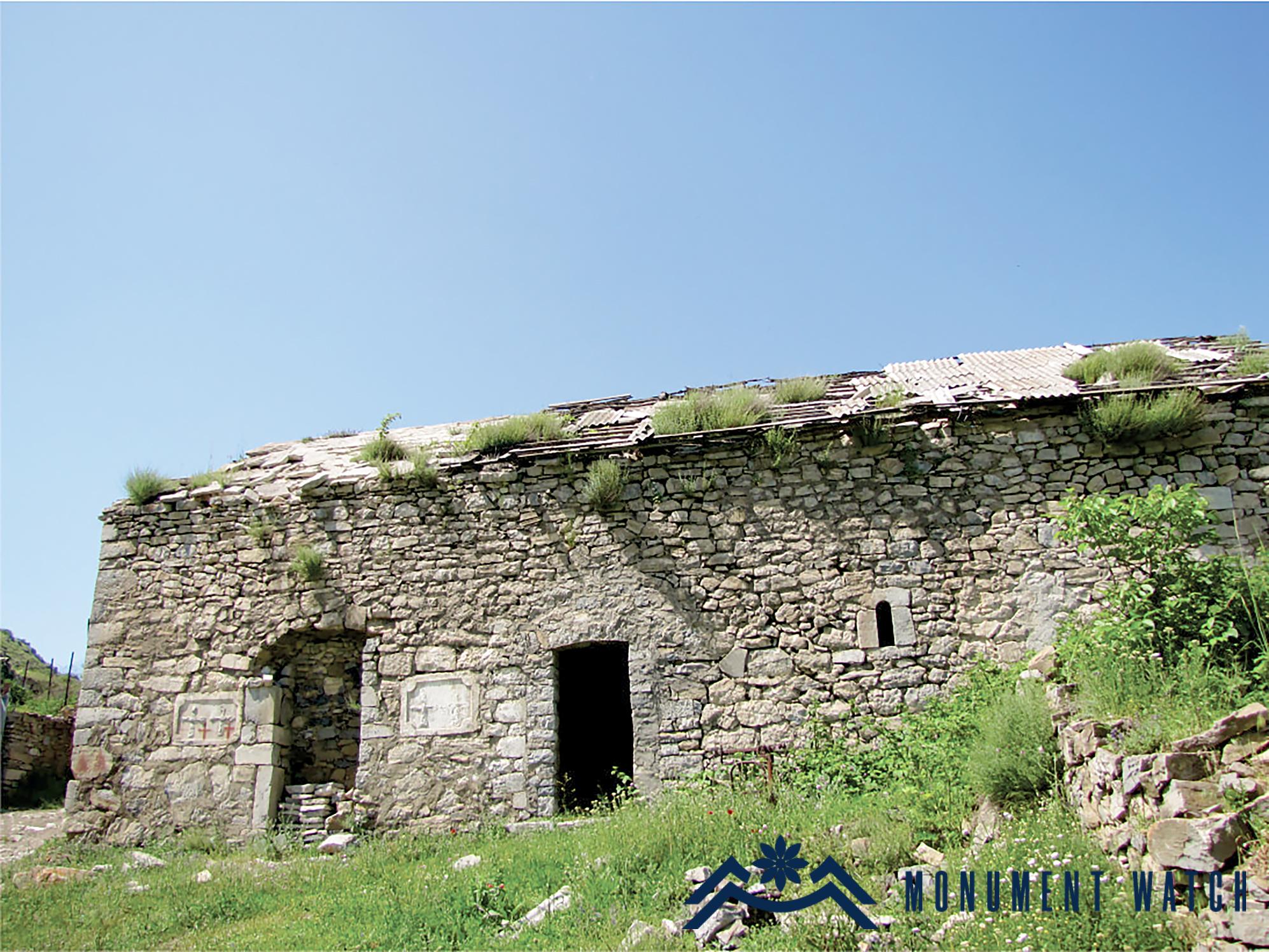
Fig. 2 The southern facade of the church, photo from the Database of the RA MESCS.
On the northern wall, in the niche, adjacent to the entrance of the vestry, there is a baptismal font, on both sides and above of which there are three small khachkars dated the 17th century (Fig. 4). In the southern wall opposite the font there is another niche, which served as an aumbry. The only entrance is from the south, which was closed during the Soviet years (Fig. 5). In the wall parallel to the closed entrance on the southern facade, two rectangular hewn stones with a pair of cross reliefs taken in similar frames are embedded.
The illumination was provided through 6 windows opened from the east, south and west. During the Soviet era, the small western window was widened, and a new entrance was opened in the direction of the second window of the southern wall and the church served for another purpose (club-library). On the inner walls of the church, especially in the niches, cross reliefs and small donative khachkars are abundantly embedded. Particularly noteworthy are the reliefs on the bema, which represent the Just Judgment in the person of the Three Patriarchs and the enlightened coming of the Archangel Gabriel armed with a sword and the Cross (Fig. 6).
The gable roof of the church was originally made of stone, which was covered with asbestos (slate) sheet during the Soviet years (Fig. 7). In 2016-2017, the slabs of the church were restored, some reinforcement works were carried out (Fig. 8).

Fig. 5 The old and new entrances to the church, photo from the Database of the RA MESCS.
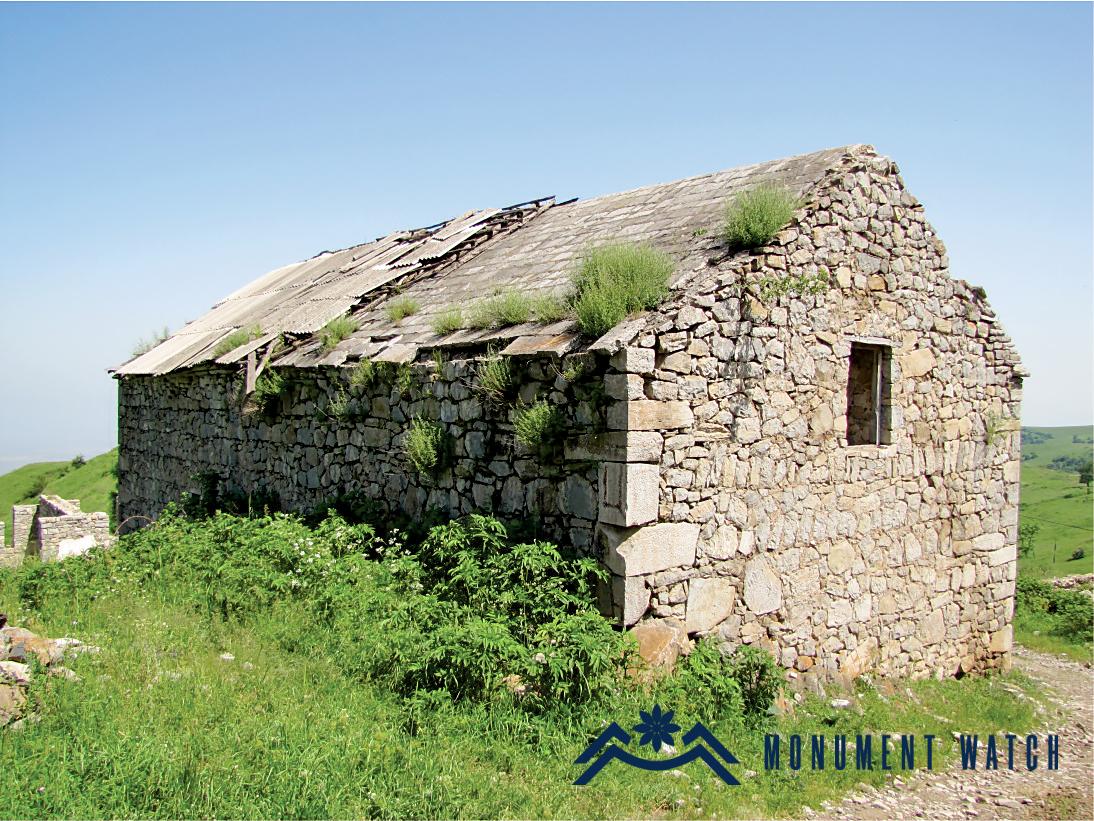
Fig. 7 The church from the northwest, photo from the Database of the RA MESCS.
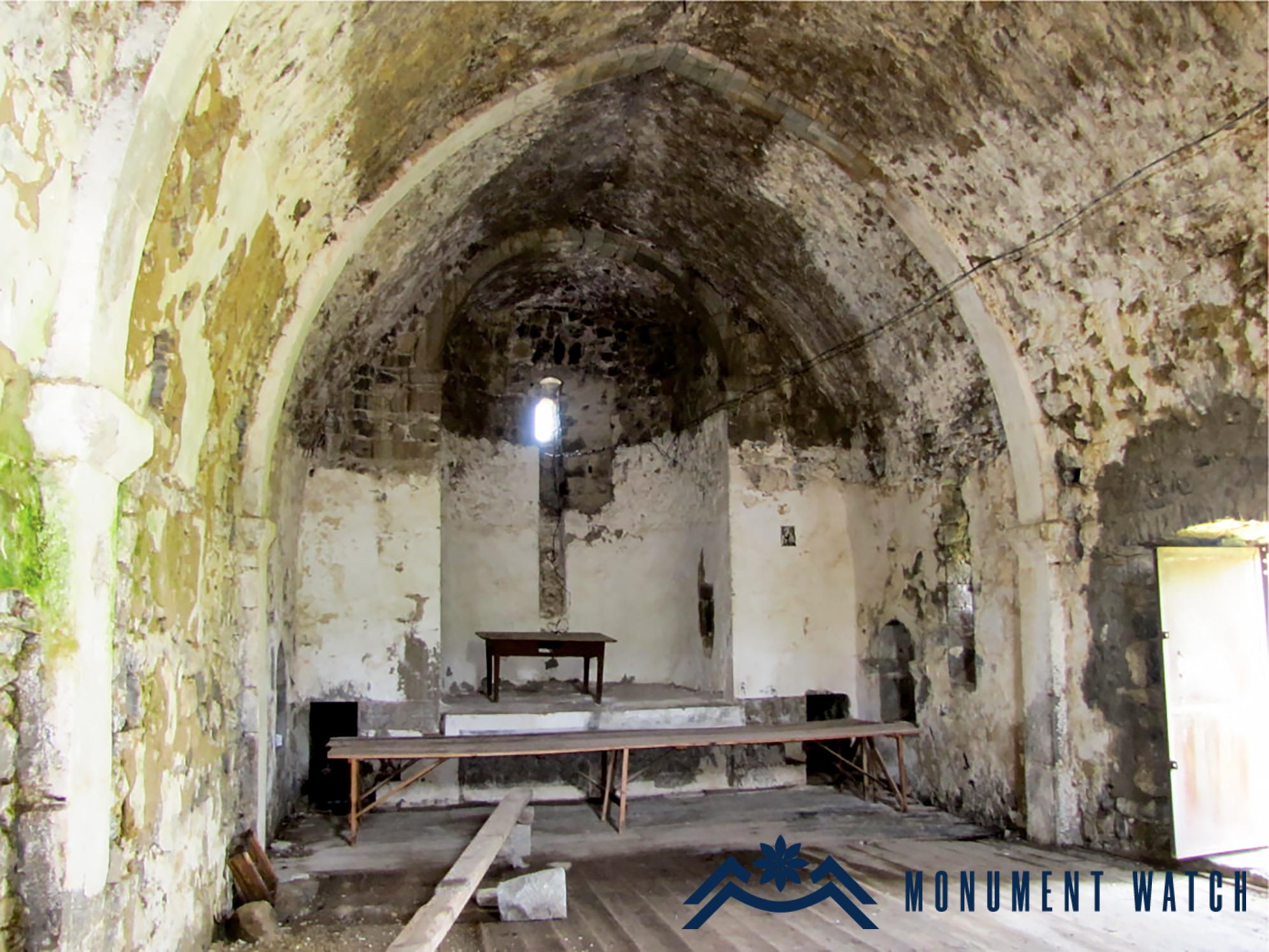
Fig. 3 The interior of the church from the west, photo from the Database of the RA MESCS.

Fig. 4 The baptismal font, photo by S. Danielyan (2018).
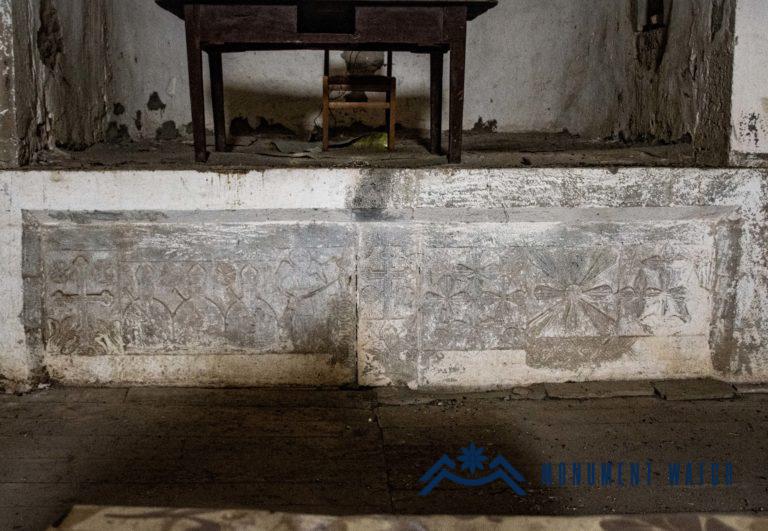
Fig. 6 The reliefs of the bema facade, photo by S. Danielyan (2018).

Fig. 8 The restored roof of the church, photo by S. Danielyan (2018).
The condition before, during and after the war
The monument was not damaged during the military operations of the 2020 war. No information is available on the monument after the occupation of the region.
Bibliography
- Barkhutaryants 1895 – Barkhutaryants M., Artsakh, Baku, Aror.
- Certificate of monuments of the Artsakh MESCS.
St. Astvatsatsin Church of Sarinshen
Artsakh